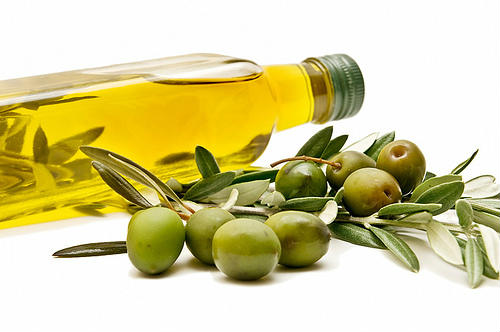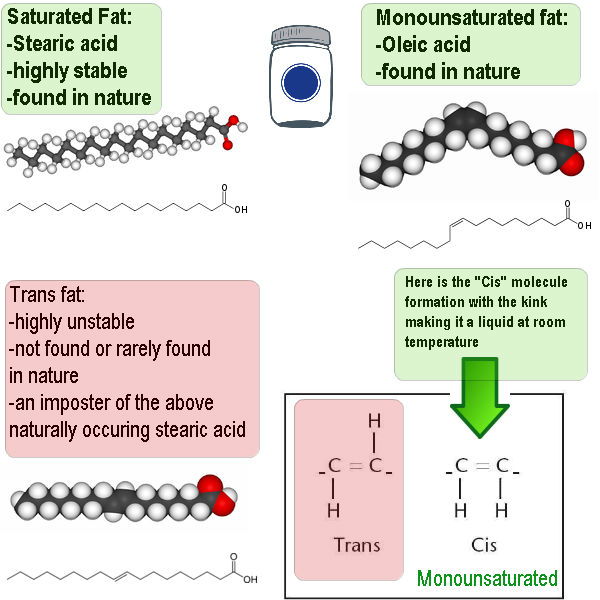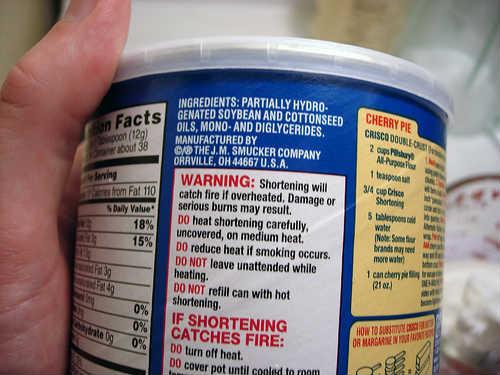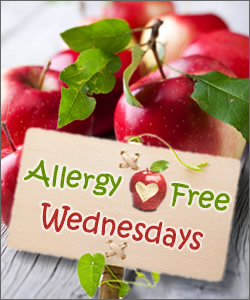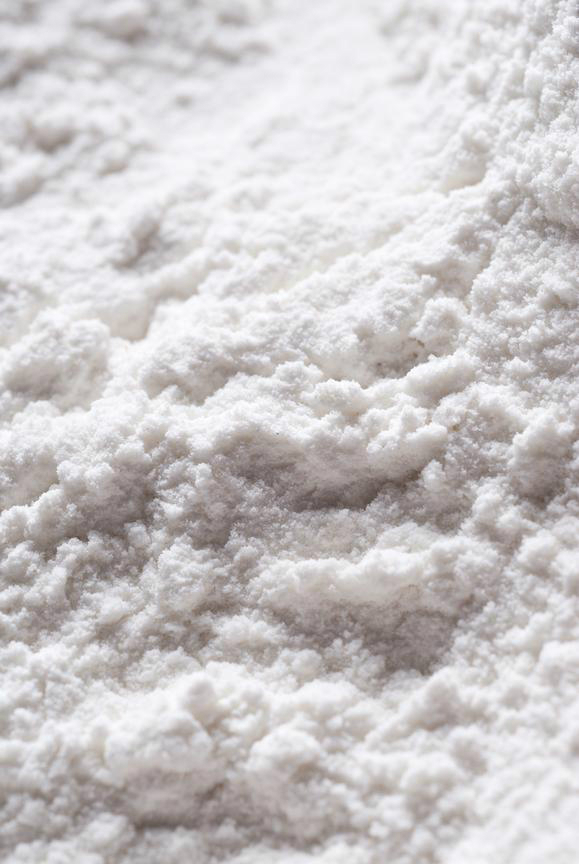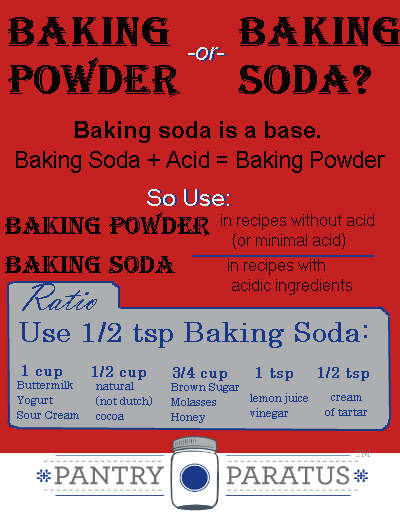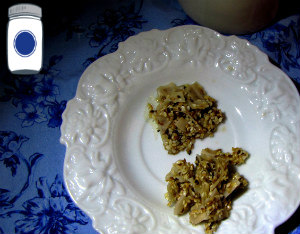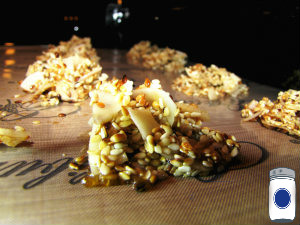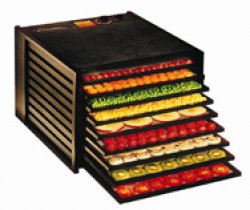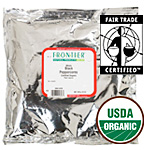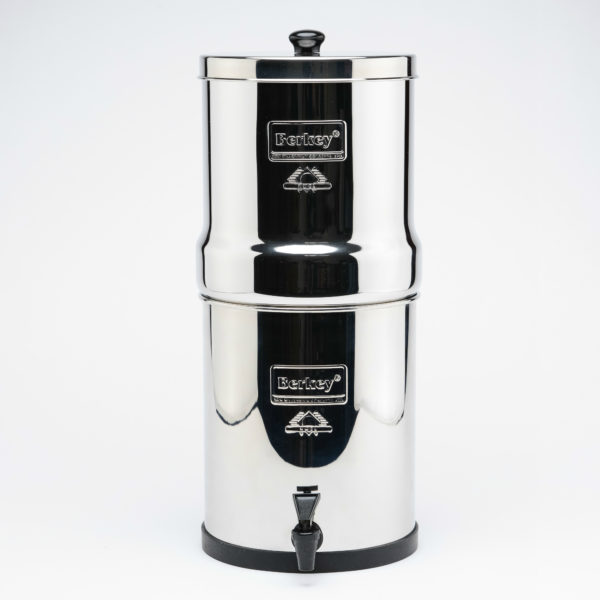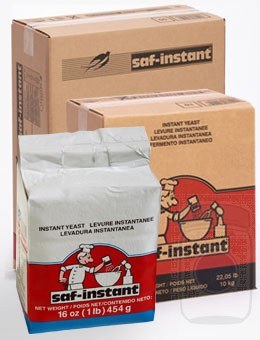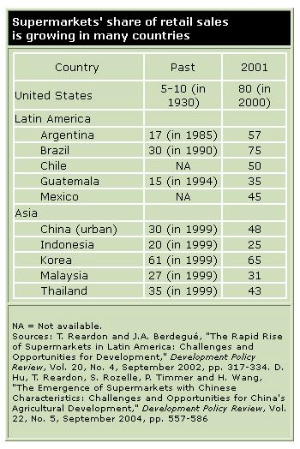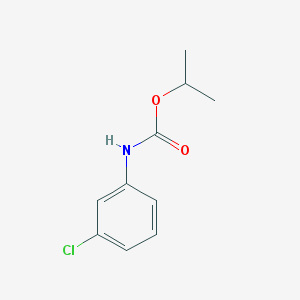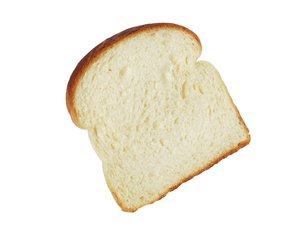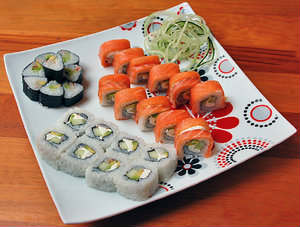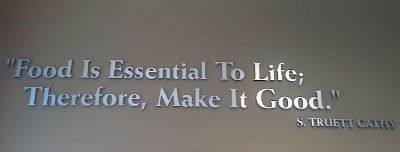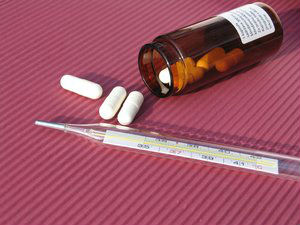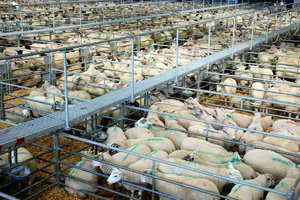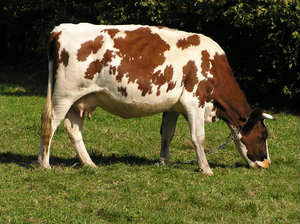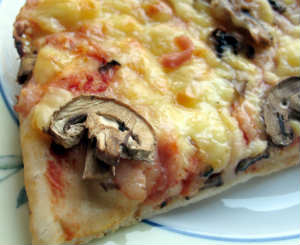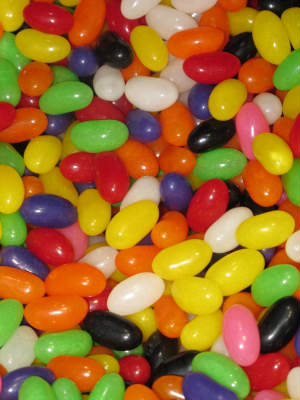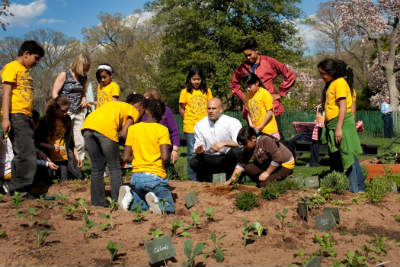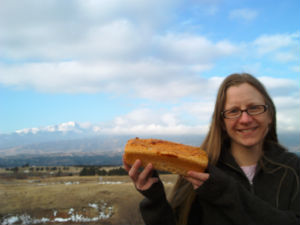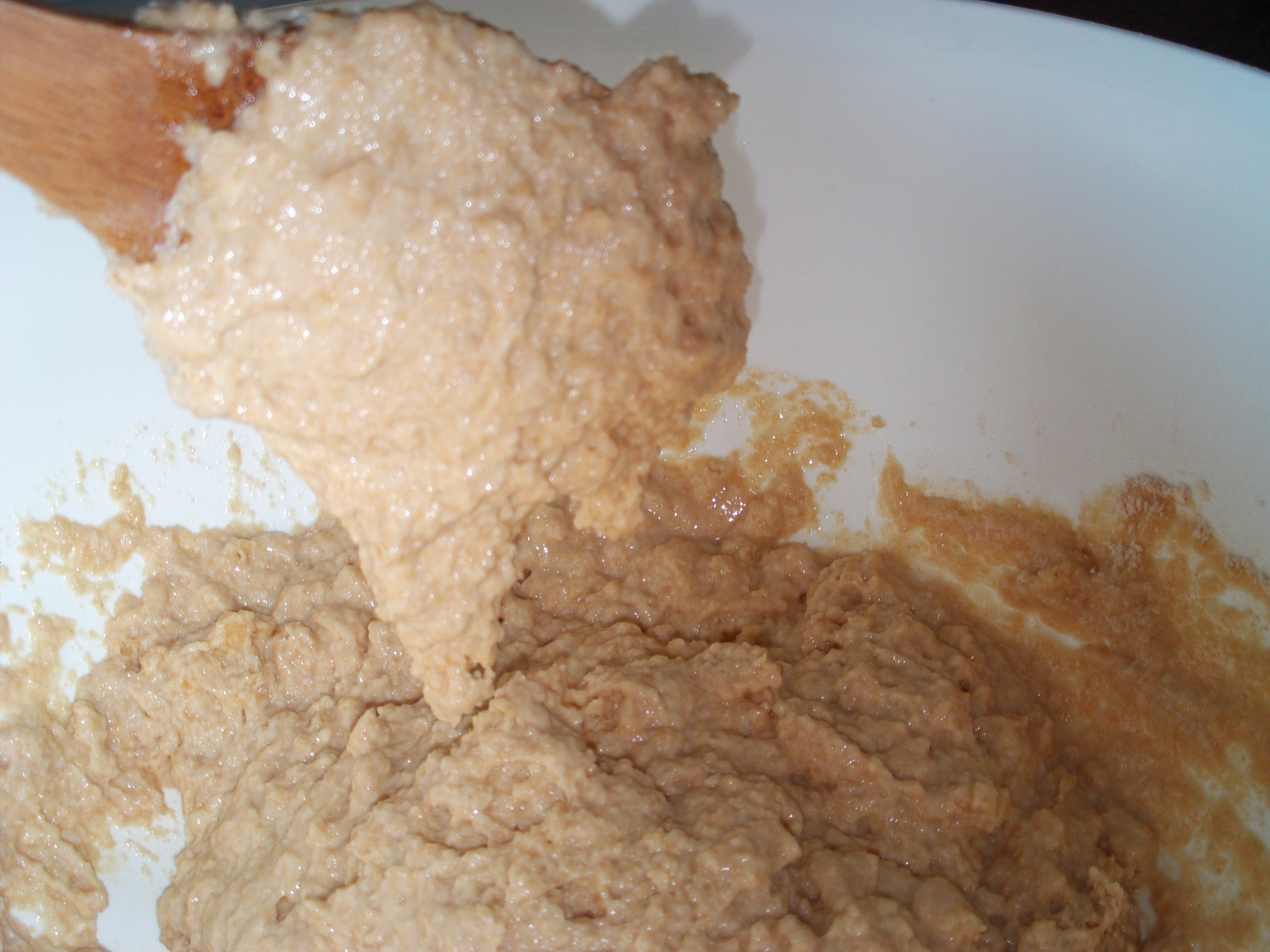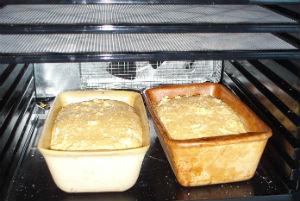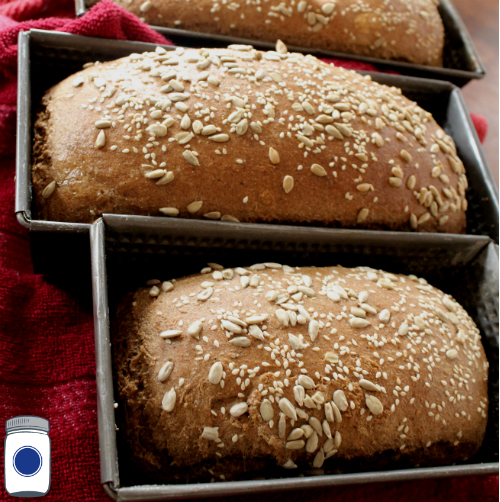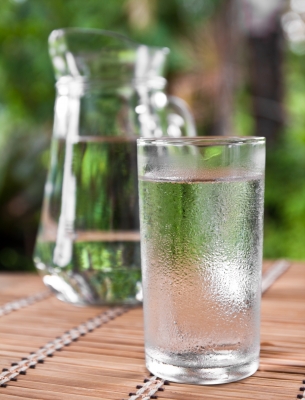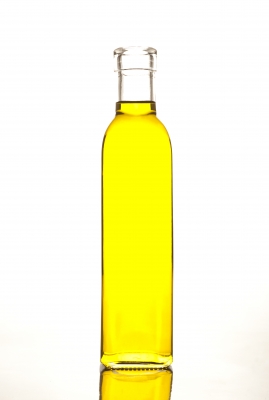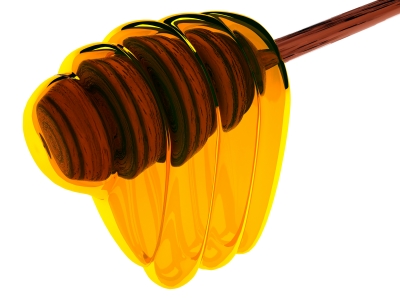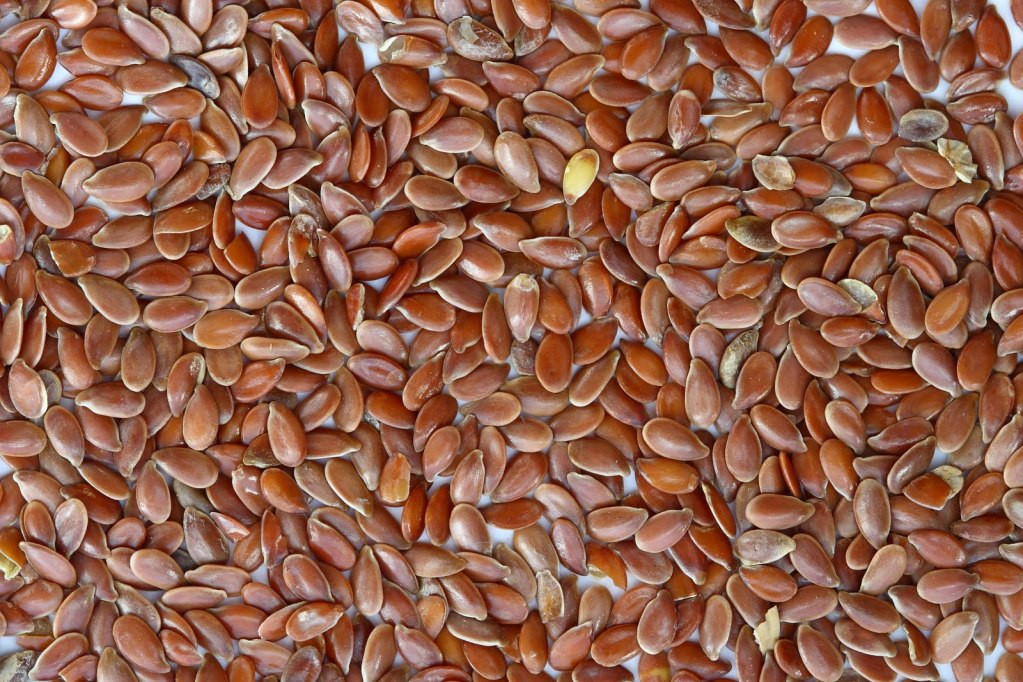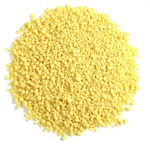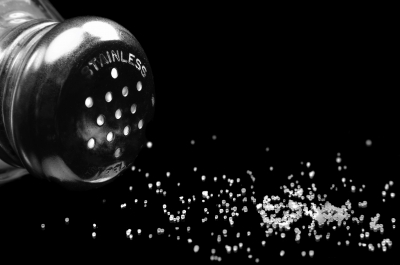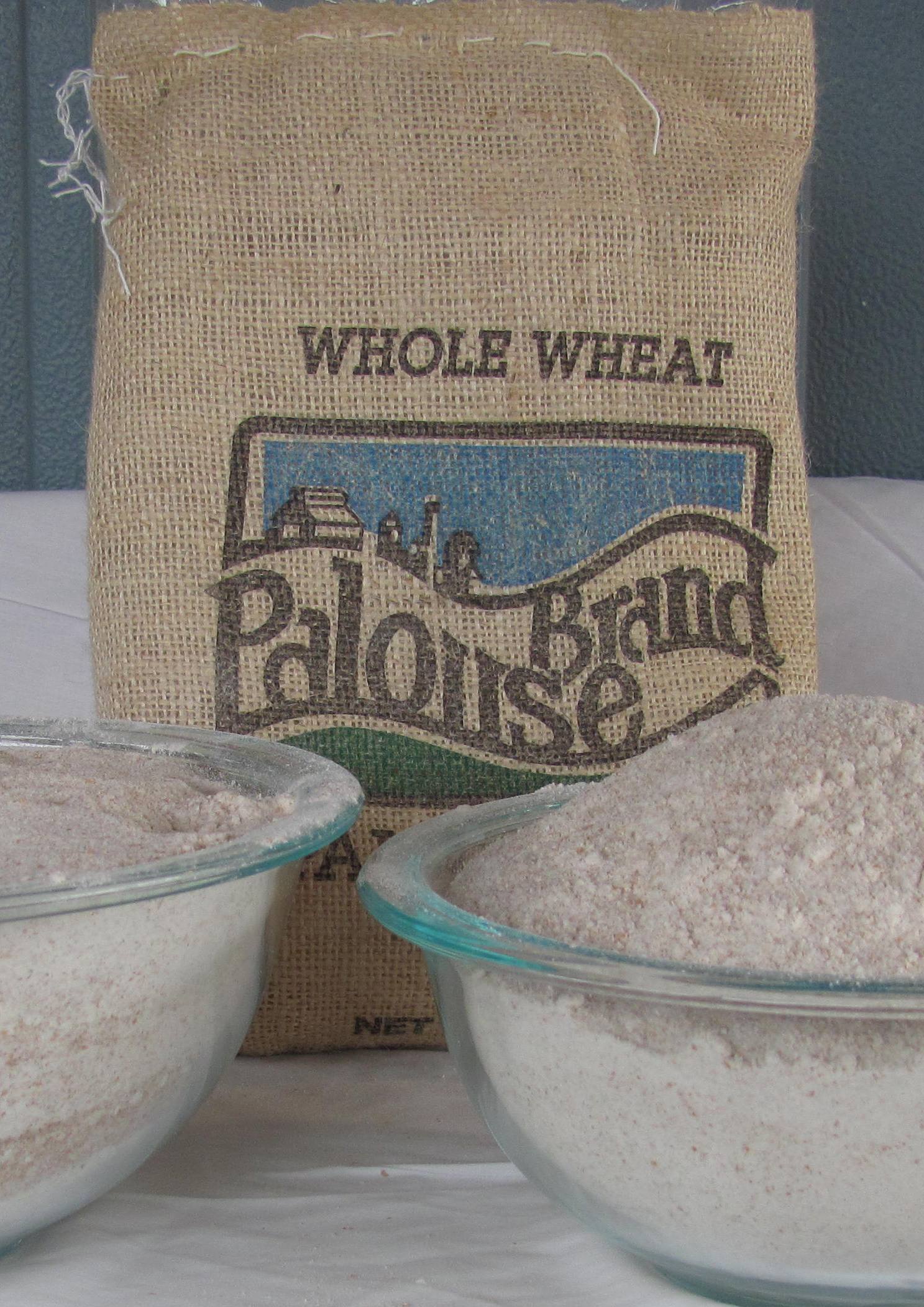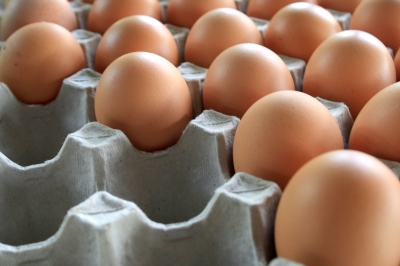Looking At The Label: Palm Oil
The Intersection of Health and Sustainability
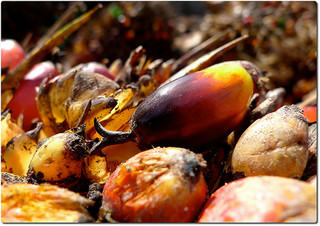
You are casually strolling through the grocery store aisle and you flip a package to the list. There it is, palm oil. In your quest for healthy foods and traditional eating, can you partake with a clear conscience? Chances are, you used something with palm oil in it today (it has approximately 30 names, you know).
This blog is at the intersection of nutrition and sustainability.
Palm Oil and Health
I first refer to Sally Fallon Morell’s definitive work, “Nourishing Traditions” when I have a question as to the health of a particular food item. She mentions palm oil (p.20) as a tropical oil that is high in lauric acid. That is a good thing because it is a fatty acid, found in large quantities in mother’s milk and coconut oil, that has antifungal and antimicrobial properties. In fact, Sally Fallon Morell suggests that traditional populations in tropical areas have been nourished and healthy because of things like these tropical oils. She does also specify that red palm oil is strong and not as popular in America as it is in Africa; but that the odorless and tasteless clarified version can be used as shortening.
Palm oil is a natural ingredient. Your body can digest it. Your skin can absorb it. It is “all natural” and even “organic” sometimes. According to an Australian website (so not sure if this holds true in the U.S.), it is in 50% of all storebought products including baked goods, confectionary foods, hygiene products, and cleaning supplies.
Palm Oil On The Label

It appears that the usage of palm oil in the industrial food setting gave way to the hydrogentated crap bad stuff we most often see on the label. It does seem to me (anecdotally, mind you) that palm oil is making a comeback. Maybe it is not just anecdote; the Rainforest Action Network claims that the importation of palm oil to the United States has increased 485% in the last decade (“The Case Against Palm Oil: A Factsheet”).
Does the label say “vegetable oil”? According to FoodNavigator.com , ½ of all of the world’s vegetable oil consists of palm oil. Since it goes by 30+ names, it is nearly as difficult to eliminate from your diet and skincare routine as corn.
The Auckland Zoo has a great “Buy Palm Oil Free Shopping Guide”, but it is Australian based and it took forever to download through my internet access. Still, it is worth a read. This is what I learned:
Palm Oil can be listed on the ingredient label as:
Palm oil kernel
Anything containing the words “Palmitate” or “Palmate”
Elaeis guineensis (Scientific name for palm oil)
Hydrated Palm Glycerides
Hexadecanoic or Palmitic Acid
Label ingredients likely to be palm oil:
Vegetable oil
Anything containing the words “stearate, stearyl”
Anything containing the words “cetyl, cetearyl”
Sodium Lauryl Sulphate (SLS)
Sodium Laureth Sulphate
Sodium Dodecyl Sulphate (SDS or NaDS)
Sodium Stearoyl Lactylate
Calcium Stearoyl Lactylate
Steareth -2 and Steareth -20
Emulsifier 422, 430-436, 465-467, 470-478, 481-483, 493-495, 570
Do those names look familiar to you?
Is Palm Oil Ethical?
Only 4% of the world’s palm oil is produced in a sustainable manner. Some of that is even questionable. The Auckland, New Zealand zoo says that there is no such thing as “sustainable” palm oil.

If it is not sustainable, then that means the ability to grow it is diminishing. What are the practical realities? Loss of viable palm trees, loss of natural habitat, loss of animal life. The leading cause of deforestation in Malaysia is the creation of palm oil plantations. Over 50 orangutans die every week, and there are as few as 500 Sumatran tigers and 3000 Sumatran elephants left in the wild (“Palm Oil Action”). There are also land grabs, human rights abuses , and even private militias.
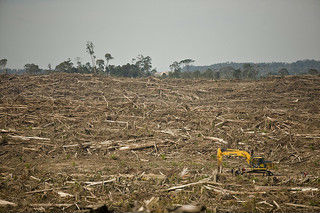
“Yeah, but that is somewhere else.” What is the landscape of your home, what animal songs greet you in the morning when you step outside, and how would your local economy, agriculture, and life be radically altered if it were all bull-dozed? The temptation is to ignore this. I think we know better.
In my research of palm oil, I found that propaganda was thick on every side. I really want to give you a clear picture of this, but I am not sure that I can. I know that this is a hot button in Australia and New Zealand; there is a silence in the U.S. media.
Watch this:
Healthy, yes. Traditional, sure. But sustainable?
My Conclusion:
I know how allusive this particular item will be to remove from my home and so I doubt I will succeed completely. Just the same, I am responsible for my knowledge and for my stewardship of the earth. That means I am obligated to try.
Let’s flourish (& help less fortunate parts of the world do the same),
Chaya
Sources:
The sources hyperlinked in the text are not listed below.
“Palm Oil Action .” PalmOilAction.org. Palm Oil Action Group, n. d. Web. 2 Aug. 2013. <http://www.palmoilaction.org.au/>.
“The Case Against Palm Oil: A Fact Sheet.” RAN.org. N.p.. Web. 2 Aug 2013. <http://ran.org/sites/default/files/po_factsheet.pdf>.
Photos:
Palm Fruit: Swamibu via photopin cc
How I feel after label reading: TheeErin via photopin cc
Orangutans: Russell Watkins via photopin cc
Rainforest Destruction: Rainforest Action Network via photopin cc
Proviso:
Nothing in this blog constitutes medical advice. You should consult your own physician before making any dietary changes. Statements in this blog may or may not be congruent with current USDA or FDA guidance.
/pspan style=

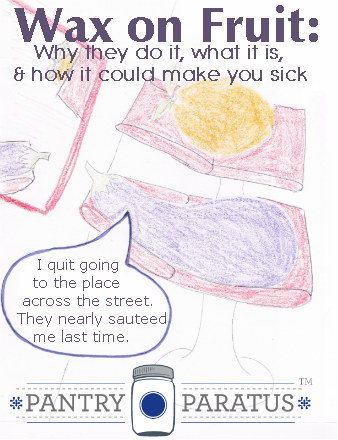
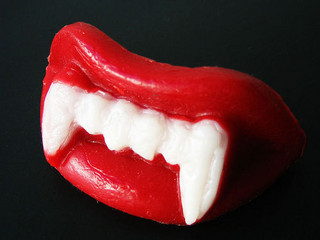
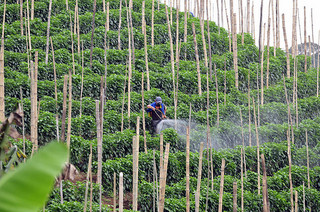
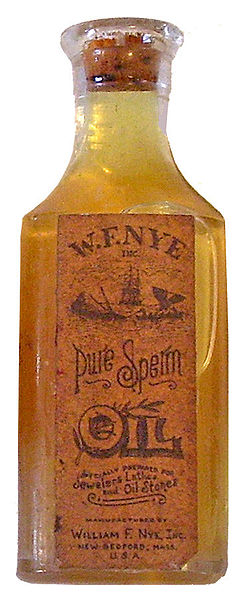


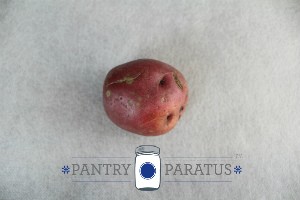
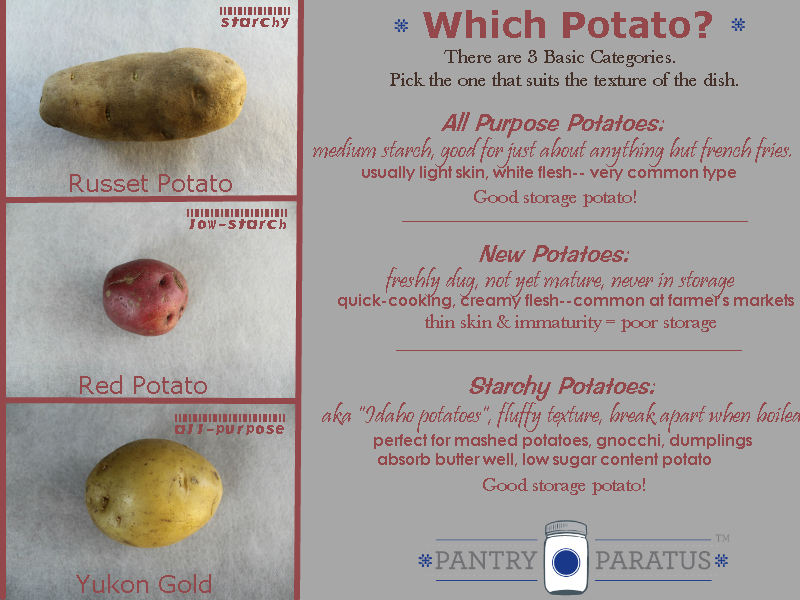
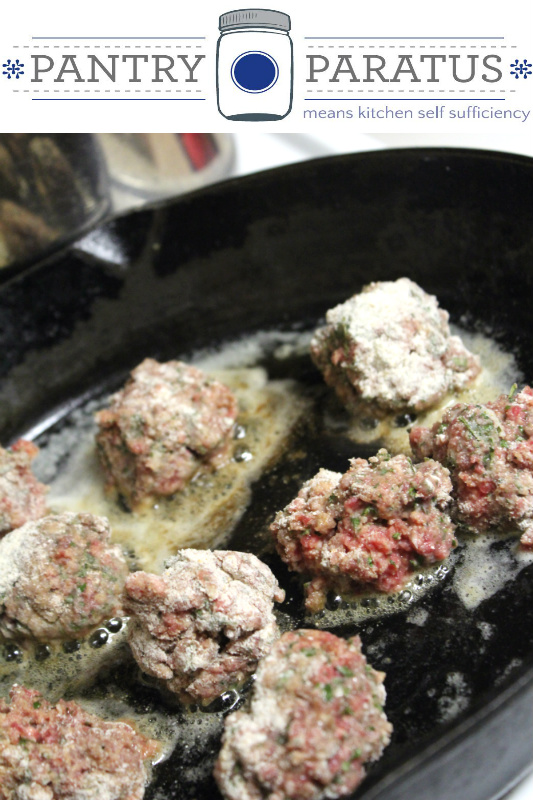
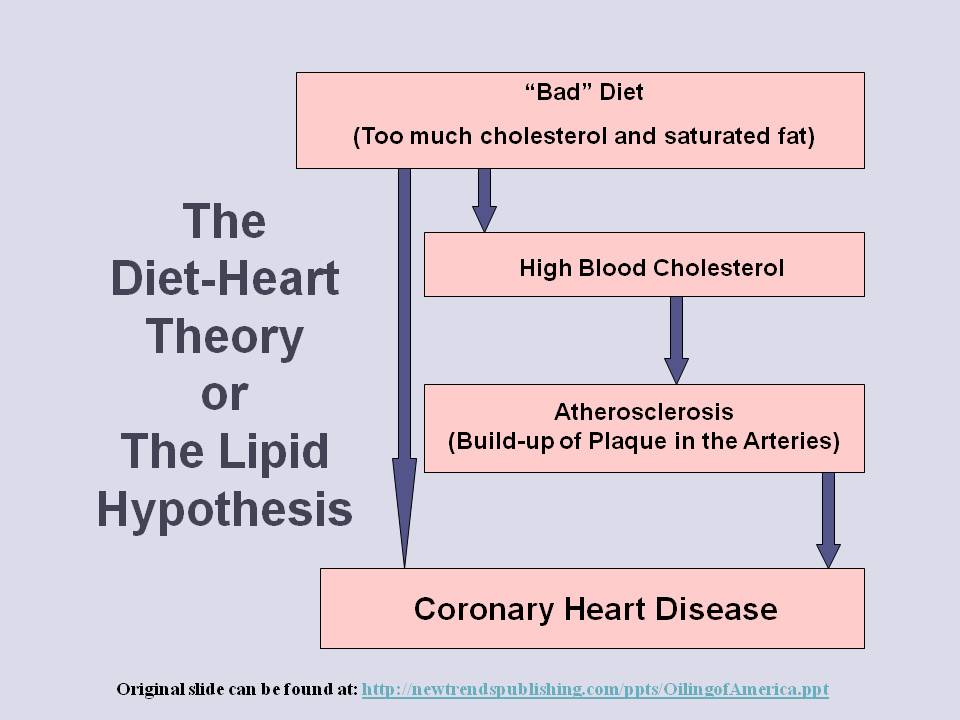
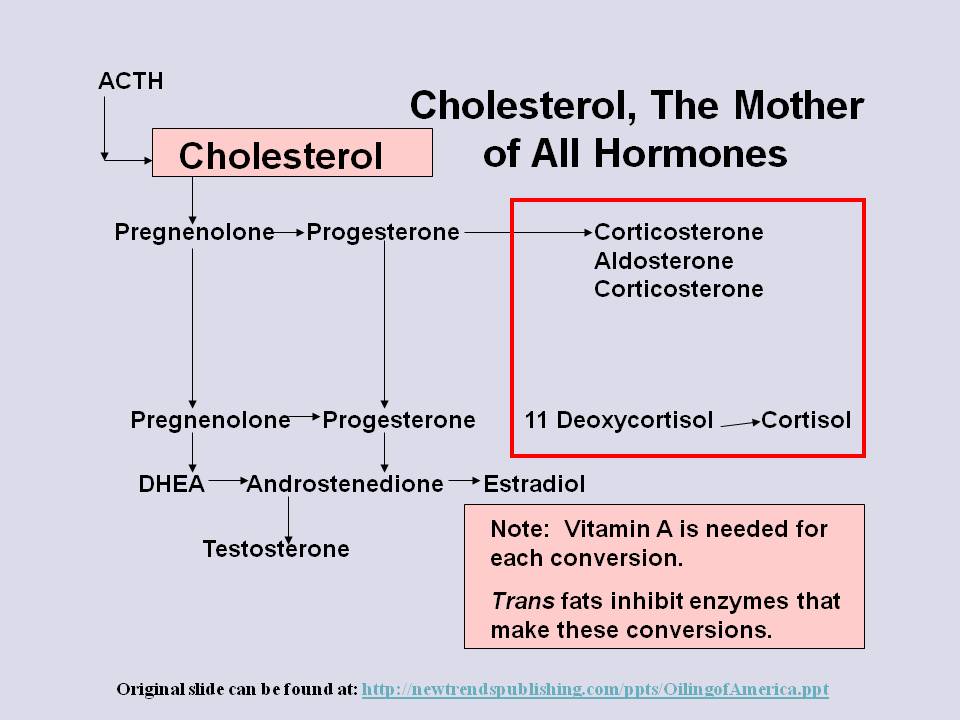 Original slide can be found at: http://newtrendspublishing.com/ppts/OilingofAmerica.ppt
Original slide can be found at: http://newtrendspublishing.com/ppts/OilingofAmerica.ppt
